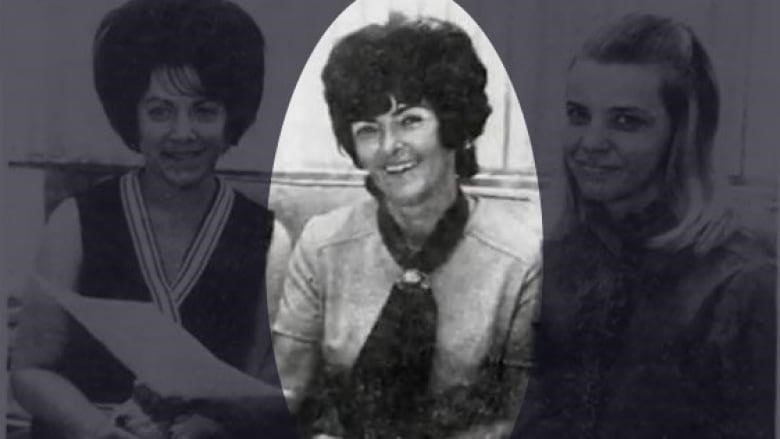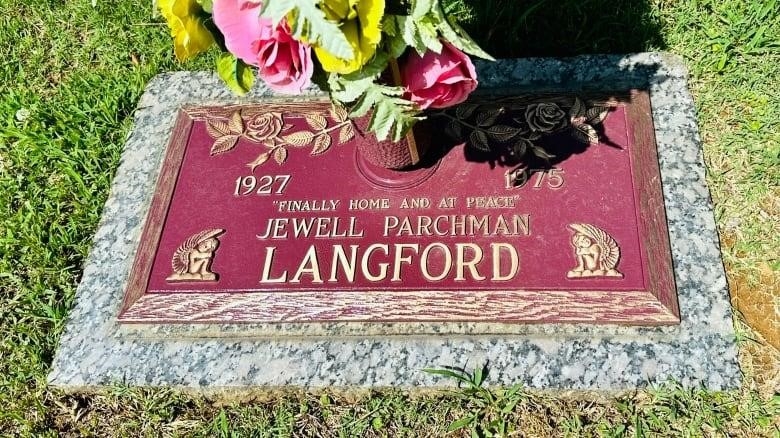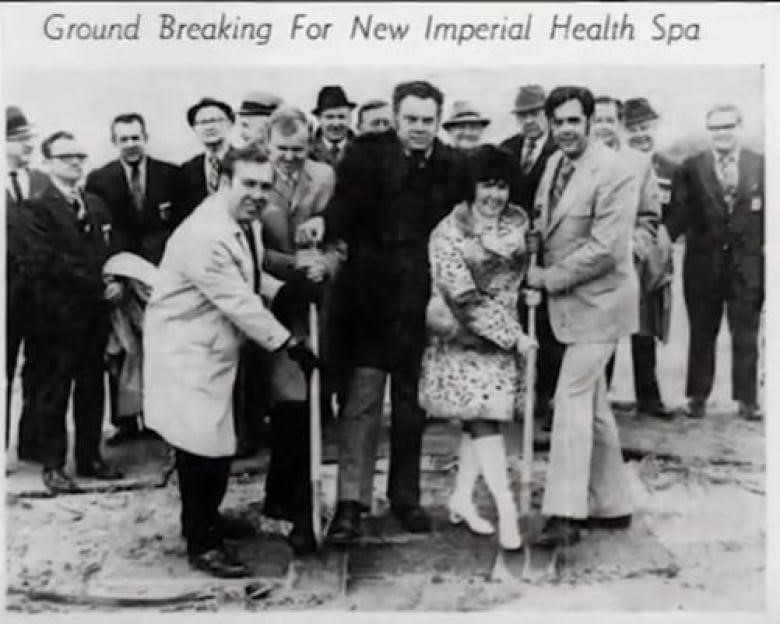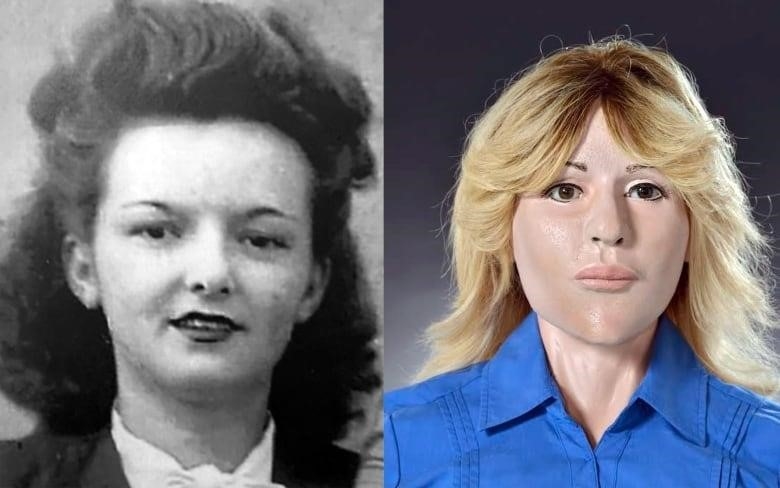
Rodney Nichols was an early person of interest in the disappearance of a Tennessee woman in 1975
Police in Montreal say that the man who was just charged with killing Jewell Parchman Langford was a person of interest when her family reported her missing in the summer of 1975.
Jackson, Tennessee, businesswoman Parchman Langford was well-known.
Several sources say that she met the suspect, Rodney Nichols, in Florida. For a short time, she lived with him in Montreal before she vanished.
When she went missing for the first time, the Service de Police de la Ville de Montréal (SPVM) looked into it and told the media and other police forces about it. Parchman Langford had already died by that time.
Investigators did not know that Parchman Langford’s body had been found 150 kilometers west of Montreal a few months earlier.
In May 1975, the Ontario Provincial Police (OPP) found the woman floating in Nation River near Casselman, Ontario, just off Highway 417.

Her hands and feet were tied together with neckties. Her body was wrapped in pieces of cloth, towels, and rags. The OPP said that she had been strangled. For the next 45 years, no one knew who she was. During this time, people called the woman “Nation River Lady.”
Lack of communication, scientific technique
When asked why the SPVM didn’t make the connection between Parchman Langford’s disappearance and the unidentified body, spokesperson Anik de Repentigny said it was hard because there was no DNA analysis at the time.
It was made even more complicated by the fact that it was a matter for two different provinces with two different governments.
“In 1975, everything was done by telephone, fax, or mail,” de Repentigny said in an email. “Now, information about a body that has been found can be quickly shared with all police services in the province, the country, or even the world. This makes it much easier to figure out who the body belongs to.”
Minh Tri Truong, a former SPVM detective, thinks that the investigation would have been much more likely to be successful in 1975 if police had linked the body they found to the disappearance of Parchman Langford.
The 30-year veteran of the SPVM says, “If they had found a link, it would have changed the investigation in many ways.” “There have only been four or five murder charges in Canada without the body being found.”

Truong never worked on the case of the 48-year-old woman who went missing, but he says that police questioning is very different if there is a body or not.
“Until we find the body, it’s still a disappearance,” the former police detective said.
A man from Florida is charged with murde
The OPP said that Parchman Langford wasn’t found until 2020, when forensic genealogy was used to match his DNA profile to a known person.
Two years later, they charged Rodney Nichols with killing the woman and started the process of extraditing him from Florida, where he now lives.
The SPVM said that Nichols is the same man who was questioned by investigators several times when Parchman Langford went missing for the first time.
“We worked with the OPP on this investigation for a few months and gave them information that was important to solving the case,” said de Repentigny.
The Parchman Langford family says that they haven’t heard from Jewell since April 1975.
In June 1975, a worried family member went to Montreal to look for her and talked to the police. However, the police said that she was not officially reported missing until August 1975.

Several sources say that after Parchman Langford went missing in 1975, Nichols kept driving her Cadillac for personal use.
Nichols played for the Westmount Rugby Club, where he was team captain for a few years, when she went missing.
“Rodney was a fun person to hang out with. He was funny and liked to talk to people. Henry Rozenblat, who played with Nichols from about 1973 to 1983, said, “He was a very friendly person.”
Rozenblat remembered that he had met Parchman Langford a few times, and Nichols had told him that she was a “love interest.”
When Rozenblat and other teammates later asked about Parchman Langford, Nichols told them she had left and he didn’t know where she went.
When he heard that Nichols had been arrested, he was shocked.
Rozenblat said, “Nothing about this is like the person I knew.”
Canada is still trying to get Nichols to come back to their country. He has not been to court and has not said what he will do.
WATCH: Technology that matches DNA helped find Parchman Langford:
Both the American and Canadian departments of justice wouldn’t say if a date has been set for an extradition hearing because they said it was a secret.
Nichols is now 81 years old and lives in a home for people who need help in Hollywood, Florida. Radio-Canada tried to talk to him but couldn’t reach him.
Rozenblat said that Nichols told him that he was born in the United Kingdom to Canadian parents who were stationed there during the Second World War.
Nichols was born in 1942 in Middleton, Nova Scotia. In 1961, he joined the British Army. A spokesperson for the U.K. Ministry of Defense said that Nichols served with the Wessex Brigade for about a year but did not finish his training.
